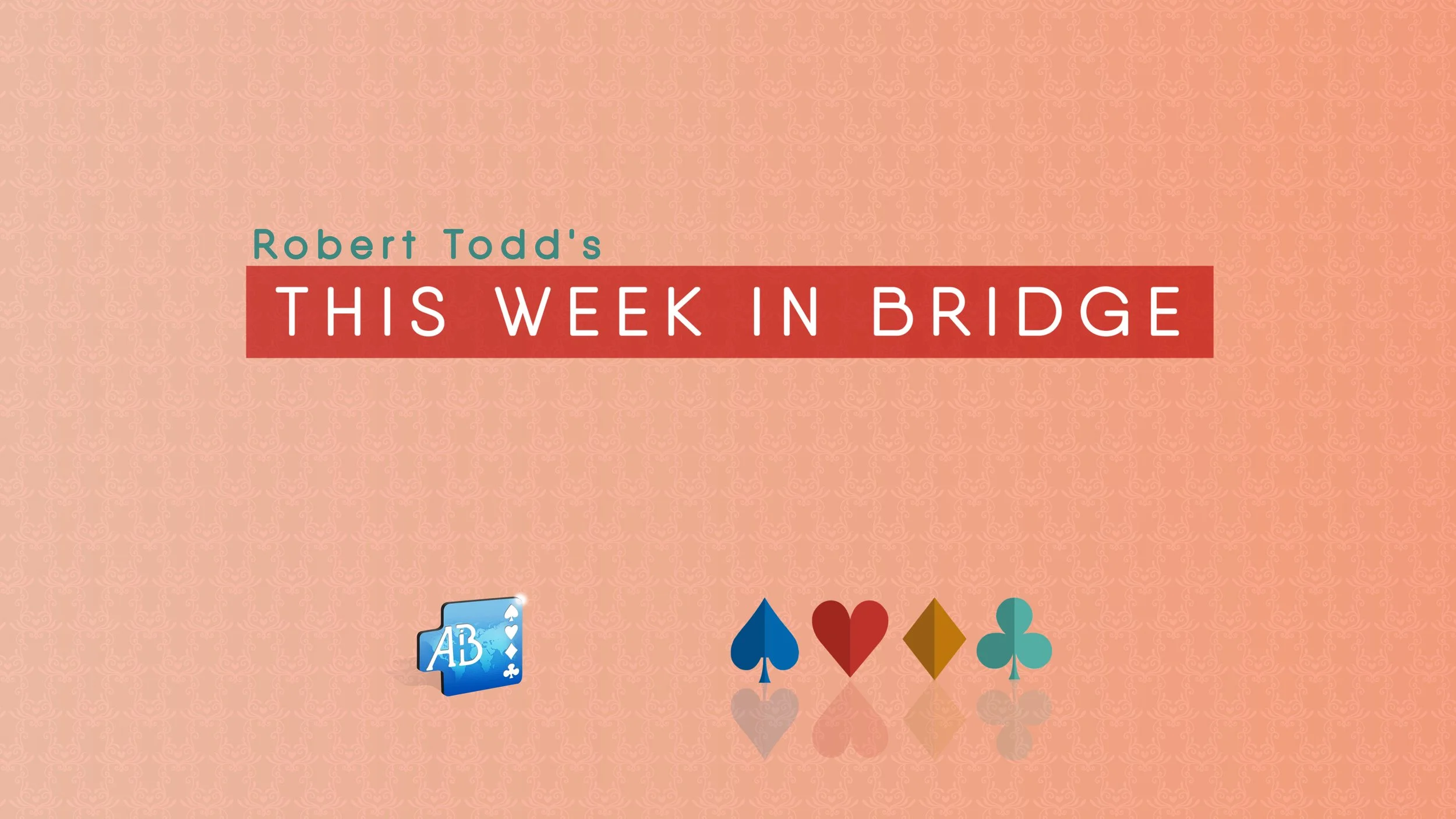TWiB Lesson #576 (1 of 9)
Balanced hand bidding is relatively easy. We can usually describe our hand to partner by opening 1NT or rebidding 1NT. This lets partner know both our points and our hand type with either our first bid (when we open 1NT, the best situation) or with our second bid (when we rebid 1NT). However, if we have a big balanced hand then we need to have tools for describing our hand as well. These usually involve the use of 2NT – as a rebid, an opening bid, or even a rebid after having opened the bidding 2♣. But this does not solve all our bidding problems.

